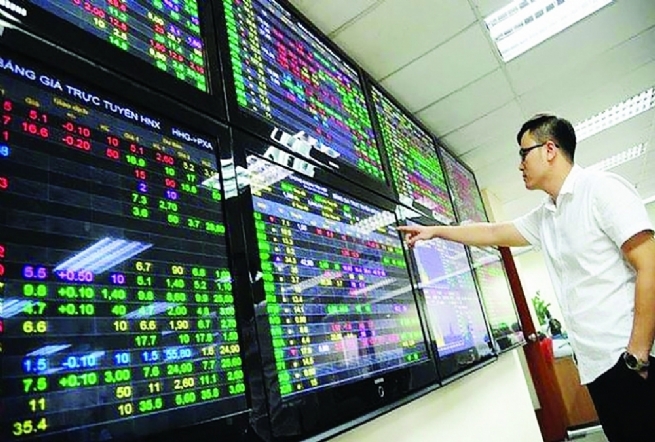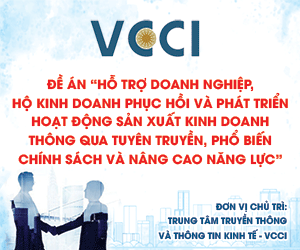What should stock investors do in a sideways market?
The Vietnamese stock market (VN-Index) is currently in a short-term consolidation phase, prompting investors to be selective with strong stocks and cautious of risks as the index approaches the 1,200-point mark.

Short-Term Stability Signals
The Vietnamese stock market in April continued to witness strong fluctuations, particularly influenced by tariff-related news and Q1 earnings results. After an extended period of sharp declines, a major question arises: has the market fully absorbed the negative news, and is it ready for a new upward trend?
According to analysis by VNDirect, technical chart observations indicate two notable retests on April 9 and most recently on April 22. Both occurred after strong correction phases, yet each time the market rebounded right after touching support levels, forming a double bottom pattern — with the second bottom higher than the first — a technically positive short-term signal.
Despite signs of recovery, trading volume clearly declined in the following sessions (especially on April 23–24), indicating that cash flow remains cautious and is not yet entering the market aggressively.
Huỳnh Nhựt Minh, a stock market expert at VNDirect, noted that the market is currently reacting to the 20-day moving average (MA20). If this reaction proves positive, there could be a breakout toward the upper consolidation range around 1,242 points. Under a positive scenario, if the VN-Index surpasses 1,240, the market could continue in a recovery wave targeting 1,288–1,290 points.
“A key risk to monitor closely is the 1,200-point level,” Minh warned. “If the market drops back to this level and fails to hold above it, we could see a strong wave of selling pressure.”

Focus on Leading Stocks
Minh further advised that as the market nears a resistance zone with no clear volume trend, investment strategies must be carefully considered. If this is a recovery wave, leading stocks will clearly show their strength — the stronger the stock, the more capital it will attract and the faster it will rise. Thus, investors should focus on stocks that have already demonstrated strong momentum and leadership.
A key point for investors is to avoid spreading their portfolio too thin and not to attempt “bottom fishing” in stocks that haven’t rebounded in previous waves. Any gains in such stocks are likely to be short-lived and prone to sharp corrections. It’s best to avoid non-performing stocks altogether, as only those with solid foundations tend to rally in this wave.
Noteworthy stocks include STB (Saigon Thuong Tin Commercial Joint Stock Bank) in the banking sector, which has shown strong momentum, and MWG (Mobile World Investment Corporation) in retail, which is also experiencing a positive rebound. Meanwhile, industrial real estate stocks, though promising, have yet to attract significant cash flow.
Another major influence on market sentiment at this stage is Q1 earnings reports. Observations show that most listed companies have not posted impressive financials, except for a few sectors such as banking and retail.
“The PMI index suggests that future prospects could brighten, but current earnings results are still lackluster. This means investors need to be highly selective with their stock picks rather than expecting a broad-based rally like in healthier market phases,” Minh recommended.
The Vietnamese stock market is in a short-term consolidation phase, with clear divergences: buying interest remains weak, earnings are not yet convincing, and selling pressure is lurking around key resistance levels. However, if the market can break through the 1,240-point zone with improving liquidity, opportunities may open up.
Investors should be particularly cautious during this phase. Avoid stocks that haven’t rallied in previous waves — their chances of bouncing back in this cycle are low. Instead, prioritize industry-leading stocks with strong momentum and visible capital inflows.
Given macro uncertainties and a trend toward selective cash flow, investors should maintain a flexible and cautious strategy, while staying alert to capitalize on clearer opportunities when the market confirms a new trend. A “slow but steady” approach, focusing on leaders instead of weaker stocks, will be the more prudent strategy for the current environment.








